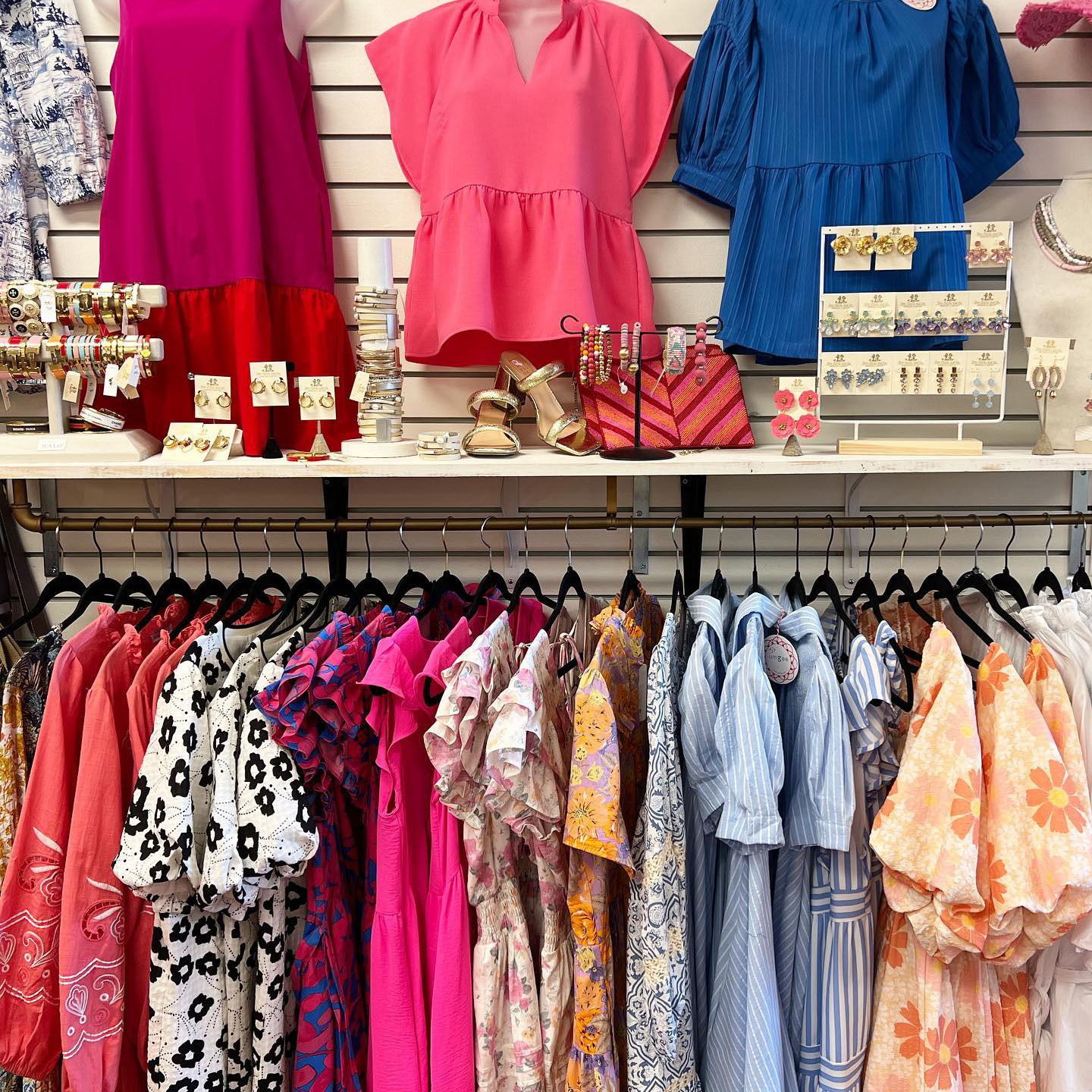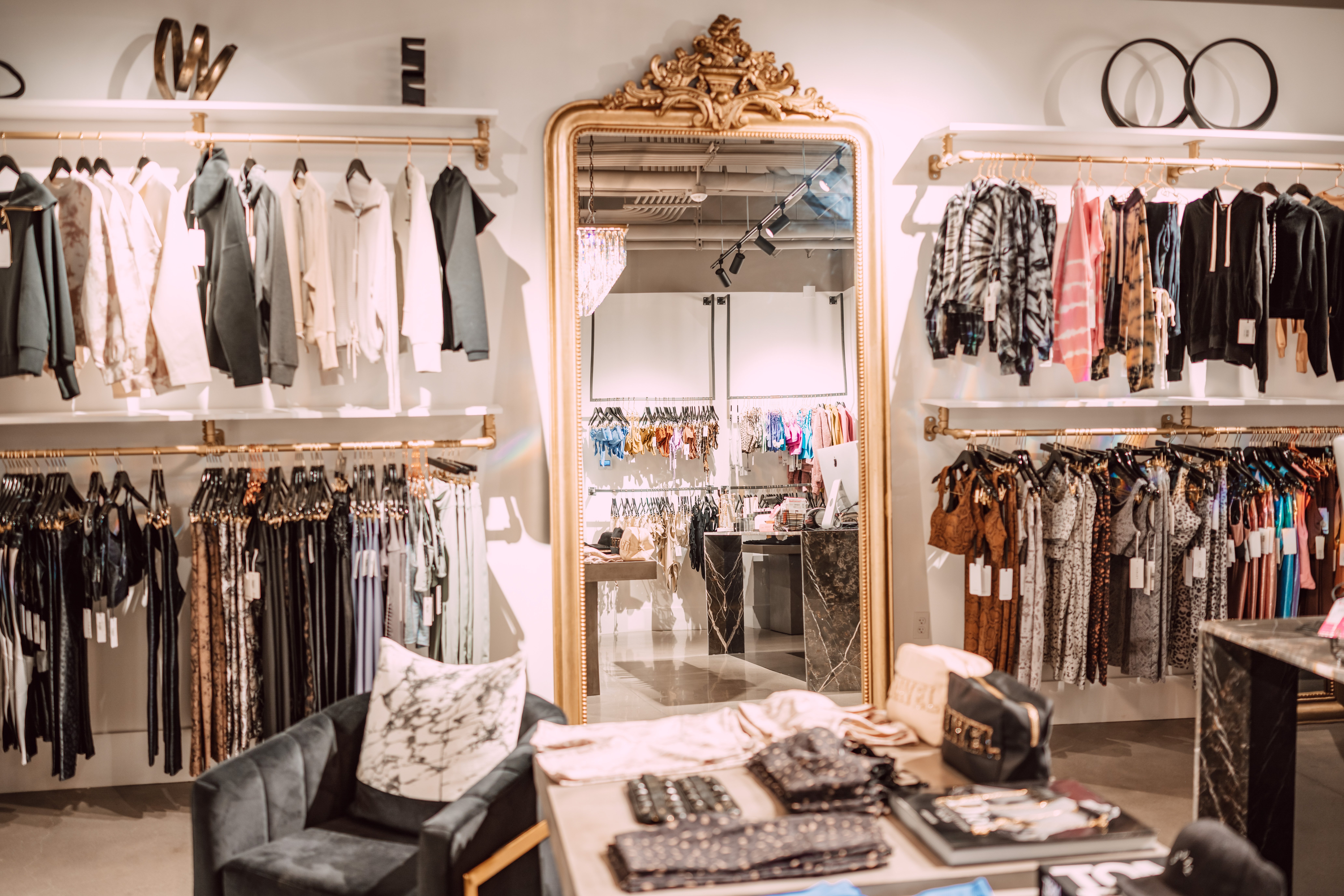Exploring the Development and Influence of Clothing on Modern Fashion Trends
The development of clothes has dramatically affected modern fashion patterns, combining historic criteria with innovative technologies. Famous numbers like Coco Chanel and Yves Saint Laurent revolutionized the style industry by presenting principles that focus on comfort and ease of access, which continue to reverberate today.
Historic Fashion Influencers
In the tapestry of fashion background, specific numbers have left an indelible mark, forming the patterns and styles that specify whole ages. Coco Chanel, an advanced designer, redefined women's style by introducing comfy, classy apparel that left from restrictive corsets. Her renowned Chanel fit and little black dress have ended up being classic staples in closets worldwide. Christian Dior's post-war "New Look" in 1947, with its celebration of femininity through full skirts and cinched waists, noted a return to luxury and has continued to influence developers.
Elsa Schiaparelli is another crucial number, renowned for her progressive styles that incorporated surrealist art, working together with Salvador Dalí to develop whimsical items that tested conventional aesthetic appeals. Her cutting-edge use shade and vibrant patterns reverberates in contemporary style. Yves Saint Laurent, meanwhile, democratized haute couture with prêt-à-porter collections, bringing path styles to the masses and establishing a criterion for modern-day ready-to-wear lines.
These visionaries, to name a few, not just revolutionized style in their times but also set withstanding fads that resonate in today's apparel industry, giving a foundation upon which contemporary designers remain to introduce and construct. Their heritages emphasize the relevance of imagination and bold in vogue's ever-evolving narrative.
Technical Developments in vogue
In the middle of the vibrant landscape of the garment industry, technical innovations stand at the center of technology, improving just how developers develop and customers involve with style. The integration of 3D printing has transformed layout procedures, enabling developers to trying out intricate frameworks and lasting materials that were formerly inconceivable. This technology helps with rapid prototyping, reducing waste and expediting manufacturing times.

Smart fabrics, embedding technology right into textiles, are likewise changing the market. Innovations like temperature-regulating and self-cleaning textiles provide enhanced capability and comfort. Wearable modern technology, including attributes like physical fitness monitoring and communication, includes a new measurement to style, merging aesthetics with practicality.
Social Changes and Design
As technological improvements remain to improve the apparel industry, cultural shifts are similarly prominent, redefining design and customer preferences. Over the last few years, the increase of social media sites systems has sped up the circulation of international fashion trends, permitting diverse social influences to coexist and merge. This digital interconnectivity has promoted the rapid exchange of ideas, causing a much more diverse and inclusive interpretation of design that shows the complex nature of modern-day culture.
Social understanding and recognition have actually motivated developers to draw motivation from a broader spectrum of ethnic and historical contexts, incorporating standard motifs with contemporary aesthetic appeals. This combination has caused style that resonates with a wider target market, promoting a feeling of identification and belonging across various demographics. In addition, the boosting demand for personalization has actually driven brand names to use adjustable choices, enabling customers to share individuality while reflecting their cultural heritage.
Moreover, moving societal worths have influenced fashion, with inclusivity and variety becoming main styles. The sector has i loved this started to embrace versions and influencers of various body kinds, ethnic backgrounds, and sex identifications, challenging standard charm criteria. This change emphasizes the power of cultural changes in forming the future of fashion, as design becomes an extra authentic expression of collective and individual identity.
Sustainability and Modern Layout
While the garment industry continues to advance, the essential for sustainability has actually ended up being increasingly immediate, influencing modern style practices. This change aims to resolve ecological problems and honest factors to consider, resulting in a reevaluation of typical production approaches. Designers are now incorporating lasting products, such as organic cotton, recycled polyester, and naturally degradable textiles, right into their collections, decreasing the eco-friendly impact of fashion. The rise of slow fashion, which highlights high quality over amount, urges customers to spend in classic items like this as opposed to transient trends.
Moreover, contemporary style is characterized by its development in reducing waste and promoting circularity. Techniques such as zero-waste pattern cutting and 3D knitting are acquiring traction, permitting developers to develop garments with marginal material waste. Furthermore, brands are adopting clear supply chains, ensuring accountability and promoting consumer trust fund. This technique not just alleviates ecological impact but also enhances the social obligation of style houses.

Future Trends in vogue

Sustainability will proceed to be a driving force in shaping future style trends. The sector is progressively adopting environment-friendly materials and moral production methods, replying to a growing customer demand for liable methods. Innovations such as bio-fabricated materials and closed-loop recycling systems are readied to redefine exactly how clothes is produced and taken in, decreasing ecological effect while maintaining design and high quality.
Cultural changes, consisting of the increase of inclusivity and variety, will additionally play an essential duty. As society comes to be much more familiar with social problems, you can check here style is expected to become a platform for expression and adjustment. Designers will likely concentrate on creating collections that show a broader series of identifications and experiences, championing representation and access.
Final Thought
The advancement of apparel significantly influences modern-day style patterns, where historical influences merge with modern layouts. This recurring evolution highlights fashion's role as a mirror to social worths and technological development, suggesting a future abundant with technology and inclusivity.
The advancement of garments has considerably influenced modern-day style trends, merging historic precedents with cutting-edge innovations.Among the vibrant landscape of the fashion sector, technical developments stand at the center of innovation, improving just how designers develop and consumers engage with style.While the style industry continues to advance, the vital for sustainability has come to be progressively immediate, affecting modern layout practices. As sustainability ends up being embedded in modern style, it paves the way for a more aware and accountable style market.
The advancement of garments considerably impacts modern fashion fads, where historical impacts merge with contemporary designs.
Comments on “The Reason Why Boutique Fashion is the Ultimate Selection for Unique Design”